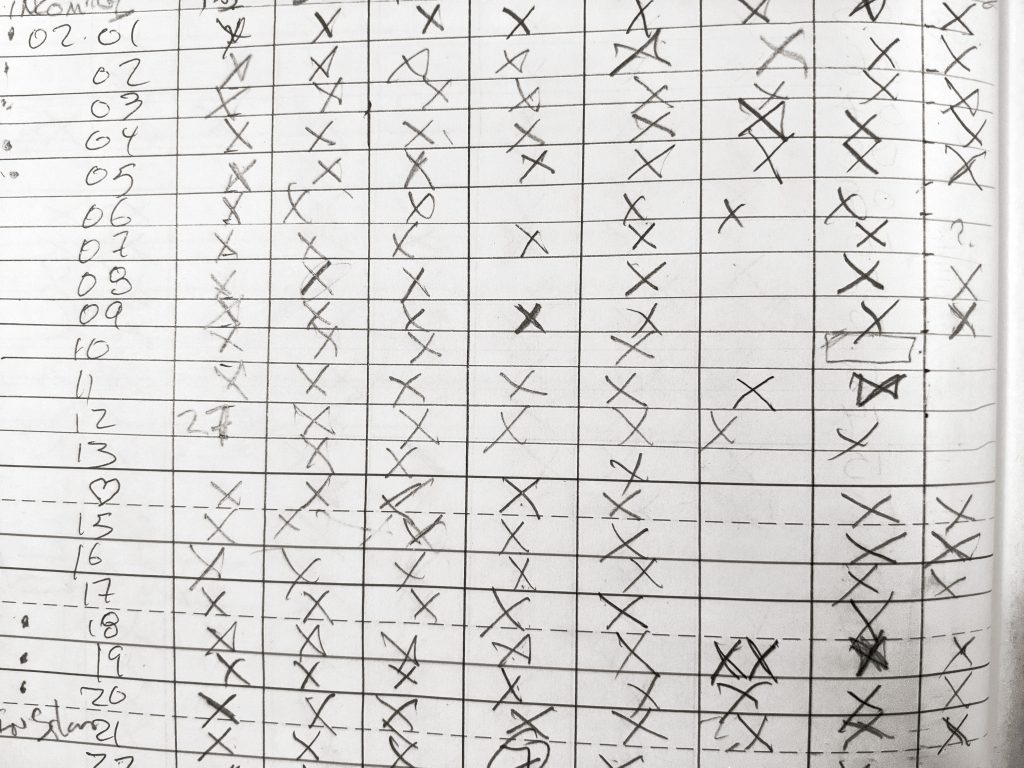That title, personal odometer, might bring to mind age or anniversary. Indeed those are the most common personal, human odometers. If you are a runner or cyclist you might track miles or kilometers traveled by running or biking.
Your life can contain many odometers if you care to track them. This is especially true if you are improving a skill. Tracking consecutive days of action to hit a target or to grow a streak as large as possible is a powerful motivator. Photographers take on 365 projects, creating an image a day for a year. Many groups have a 30 day challenge, frequently in April and September. Auto-complete in my DuckDuckGo session shows 30 day of … yoga, thankfulness, poetry, gratitude, and more.
A few days ago I completed my 700th consecutive day of practicing Spanish with Duolingo. Meditation Helper shows that I’ve spent over 120 hours meditating and yesterday completed 160 consecutive days with a meditative session. On my phone Google Fit reports yesterday I did not hit my modest goal for minutes walking, breaking a six day streak. This morning I filled my fourteenth morning pages notebook. A practice that has many enthusiastic practitioners.
Consecutive days are not the only personal odometer to track. Tracking the number of books read, people mentored, pounds lost, money saved, or any countable whatever is a possibility for a personal odometer.
Tracking your personal odometers, why? Life progress can be easily lost. Tracking helps you pay attention. It illustrates how many first steps you’ve taken on your journey of 1,000 miles.
